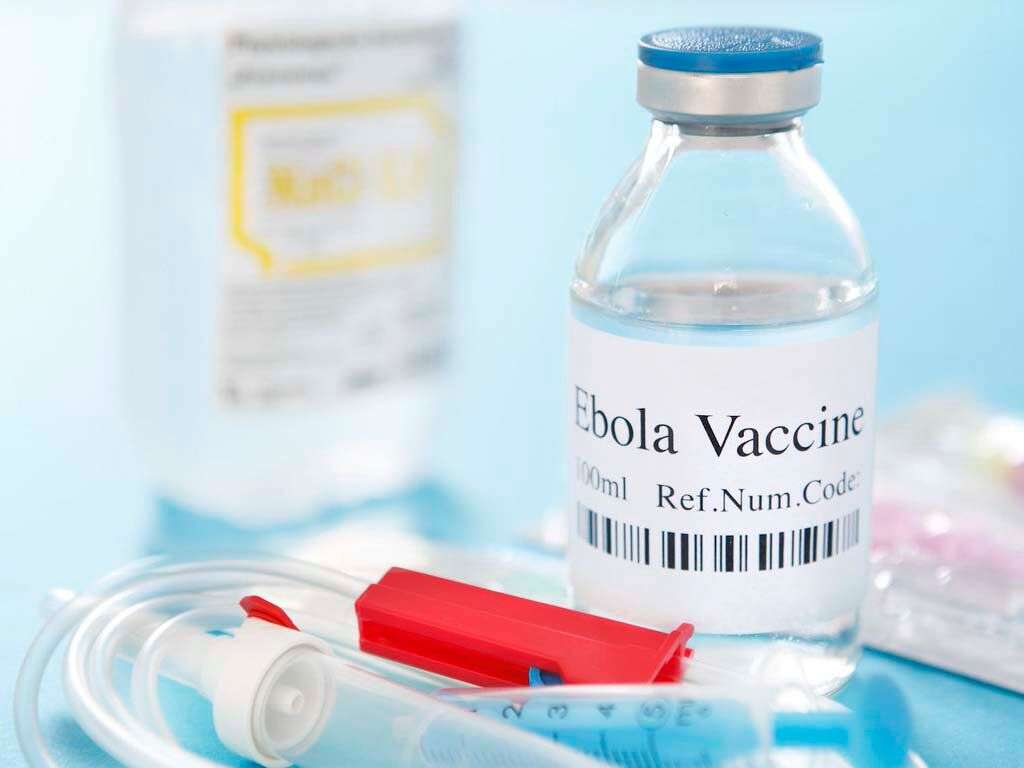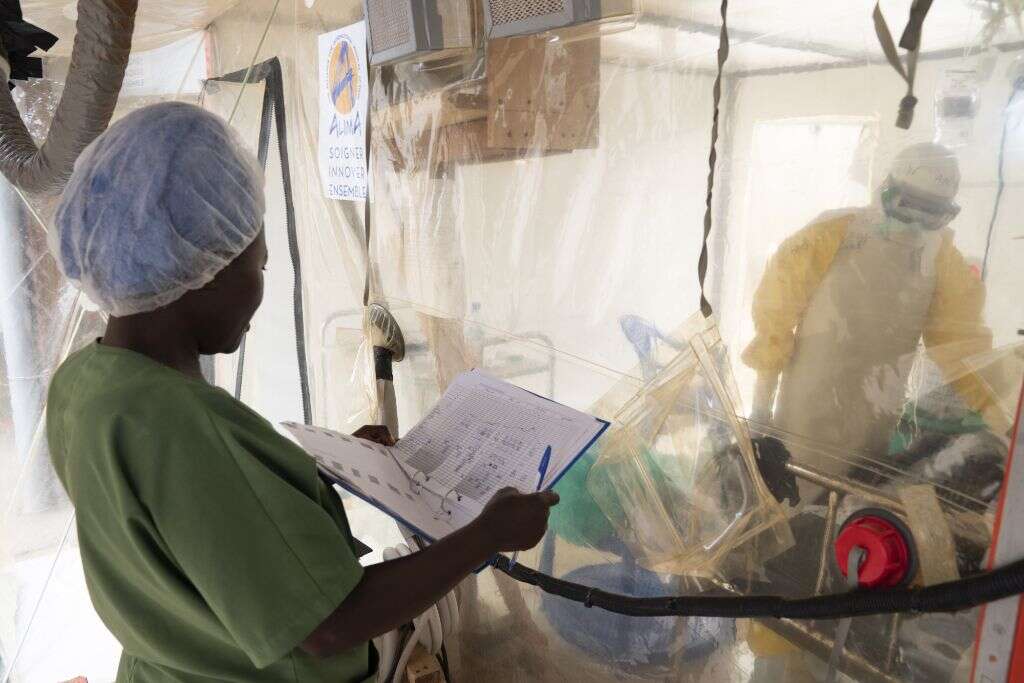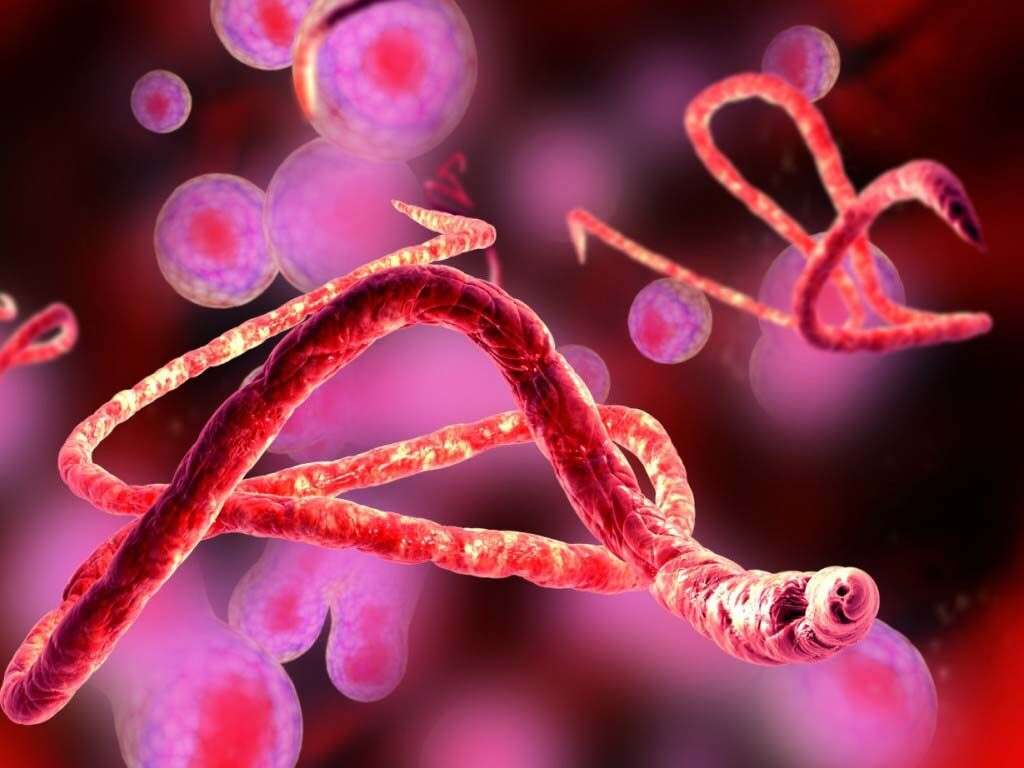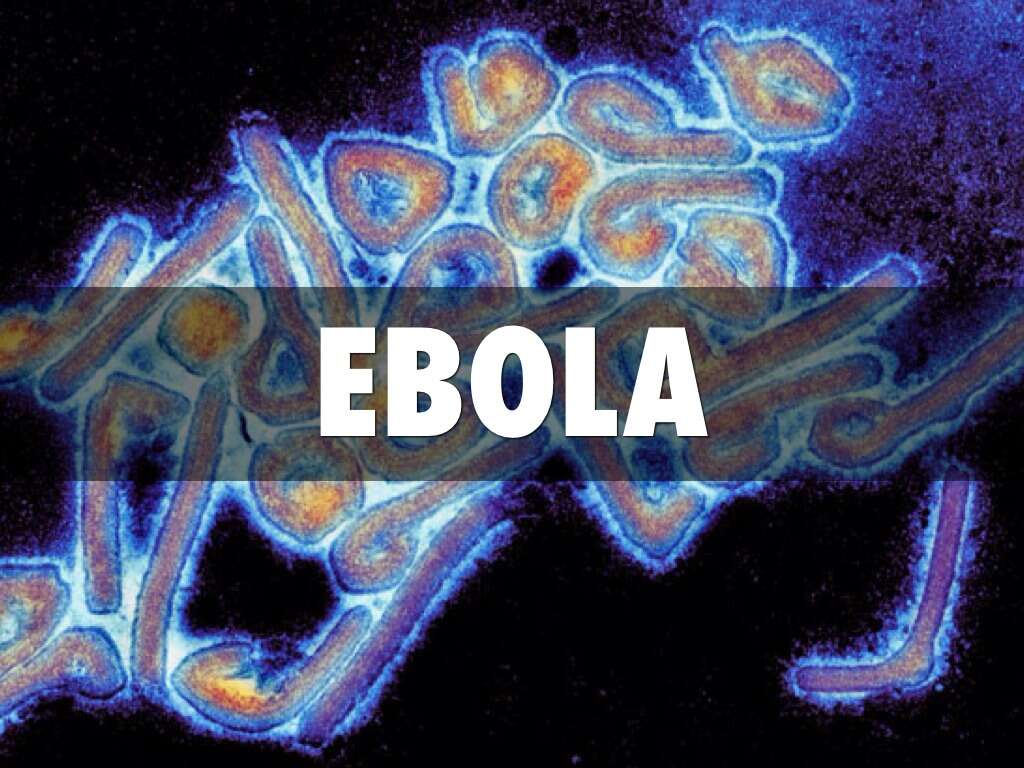What Is Ebola Virus?
The Ebola virus is one of the deadliest diseases known to humanity. While it is rare, outbreaks have proven overwhelmingly fatal, with death rates up to 90%. Formally known as the Ebola hemorrhagic fever, the disease still has occasional outbreaks, with the primarily affected regions in the continent of Africa. The unpredictability of infections and confusion regarding the origins of the disease make research challenging and new treatments sparse.
Few diseases carry the same level of notoriety and fear as the Ebola virus. It is a mystery, and in most instances, the only option is to separate and isolate the infected. The disease is relentless. Thankfully, specialists are making strides every day toward treatment and perhaps one day a remedy. In the meantime, staying informed is the best practice and preventative.

1. What Are the Signs and Symptoms of Ebola?
The appearance of symptoms is different among patients with the Ebola virus. With a standard incubation period of two to 21 days, some patients may present with a fever or muscle pain almost immediately, but others may not show any signs until day 21 with the rapid development of a fever.
The infection typically progresses through two phases: the dry and wet phase. During the dry stage, patients experience headaches, sore throat, muscle pain, fever and intense weakness. The secondary phase, or the wet phase, presents with symptoms of a rash, diarrhea, vomiting, impaired kidneys and liver function. In the final stages of the disease, some patients will experience internal and external bleeding. If the illness does not deplete a patient’s immune system after these initial phases, they may survive the infection, but survival may come with its own limitations.

2. What Causes Ebola Outbreaks?
Ebola is a zoonosis disease, meaning it presents initially in animals and then transmits to people. However, there is no proof of such transmission at the onset of current or past outbreaks, only speculation. The consensus among researchers is that Ebola outbreaks occur after the handling of infected animals, both ill and deceased. However, finding evidence to support the hypothesis is challenging because it is often difficult to pinpoint an origin point for the infection.
Because the incubation period can be as long as three weeks, an infected person can expose hundreds of people to the disease without knowing. As well, since people differ in how they display symptoms, the first people infected may also not be the first to show signs or die. Therefore, combatting an outbreak depends on early diagnosis and prevention.

3. How Is Ebola Diagnosed?
Diagnosing Ebola virus is challenging, especially in the early stages. The primary symptoms of fever, weakness and headache are not unique to the infection. Typhoid and malaria are more common, meaning that unless a doctor has reason to believe a patient is suffering from Ebola, they may favor alternate diagnoses. However, if a patient mentions coming into contact with an infected person or animal, the physician is likely to ask for additional testing.
If a doctor suspects a person of exposure to the Ebola virus, the medical facility will place the patient in isolation before performing additional testing and blood work. Blood tests are one of the most reliable and only ways to test for and confirm an Ebola diagnosis. A polymerase chain reaction is another common diagnostic tool. The PCR test can measure low levels of the Ebola virus in the blood.

4. What Are the Origins of the Virus?
The first recorded cases of the Ebola virus occurred in 1976. The two outbreaks happened simultaneously in Yambuku and a remote area of Sudan. While researchers know the virus originates from contact between animal and human, there is no definitive answer for which animal it might be. The current hypothesis and evidence suggest that one probable host is the fruit bat. However, researchers and viral specialists require further proof and testing.
Without access to infected specimens, it is nearly impossible to identify the original carrier of the disease, and since the virus does not discriminate between beast and man, it is unlikely scientists will ever certainly identify the origins of the virus. While researchers are attempting to track exposure patterns of past and current outbreaks, the hot spots of infection seem to shift when spread fluctuates, making identifying common factors difficult.

5. When Is Medical Intervention Necessary?
There are two instances when a potential patient needs to seek medical attention: exposure to a confirmed patient or travel to a high-risk area. The transmission of Ebola person to person occurs through contact with the bodily fluids of an infected person. Therefore, if you experience a combination of Ebola symptoms after coming into contact with a confirmed patient, seek medical treatment immediately.
Otherwise, if you recently traveled to an area experiencing an outbreak, whether the confirmation happened before or after your travels, seek medical attention. While you may not have come in direct contact with confirmed patients, exposure can occur in a public area or restroom. As above, if you are showing multiple symptoms associated with Ebola, seek tests and confirmation to limit further exposure and outbreak.

6. Are There Any Treatments for Ebola Virus?
There are no treatments specifically to treat the Ebola virus. At present, doctors only provide medications to ease symptoms and suffering, meaning patients may receive intravenous or oral fluids to rehydrate their systems and pain management measures. However, beyond hydration and pain therapy, researchers are testing treatments like drug and blood products that may help people get through the initial phases of the virus, drastically improving their odds for survival.
In the ongoing Ebola outbreak in the Democratic Republic of the Congo, researchers are conducting randomized control multi-drug trials for the first time. Oversight with these trials ensures that patients receive treatment under an ethical framework, and the results provide a critical interpretation of the safety and effectiveness of drugs used to treat the Ebola virus.

7. How Does the Infection Spread?
There are two ways the Ebola virus spreads: contact with an infected animal or person and contact with contaminated items or environments. Animals are the original carriers of the disease, meaning the first people with Ebola come in contact through butchering, eating, cooking or some other means. Once infected, people can transmit the disease through their bodily fluids or secretions.
Direct contact with an infected individual or animal is not the only way to get the virus. Indirect contact through the touching of surfaces or environments exposed to an infected person can also result in infection. However, the transmission usually happens when a healthy person has open wounds or the bacteria come into contact with mucous membranes. Try to avoid contact with clothing, bedsheets and other items belonging to an infected person to limit exposure and risk.

8. Is There a Way to Prevent Exposure and Infection?
As with any contagious disease, taking appropriate control and prevention measures is possible, even with Ebola. The standard advice is to maintain proper hygiene, especially vigorous hand-washing. You also should avoid contact with affected people both directly and indirectly, which can present challenges, especially when living in close quarters with a person suspected of having the virus.
The best way to ensure your safety during an Ebola outbreak is to maintain your distance. If you can avoid the affected area, do so. If you are in the middle of the epidemic, stay home and away from densely populated spaces. If you live with a person with the infection, try to maintain your distance and avoid physical contact. Wear protective clothing and avoid using the same bathroom, if possible. If you can, it may be best to live somewhere else temporarily.

9. What Population Is Most at Risk?
The continent of Africa is the most susceptible to Ebola outbreaks. The Democratic Republic of the Congo has had at least 10 outbreaks since 1976, with one ongoing. Of the people most at risk of infection and spreading the disease, health care workers, family members of infected person’s and mourners are the most at risk.
While close contact with infected person’s automatically increases risks of infection, many people do not know that the virus remains active even after death. Therefore, only trained professionals should handle the burials of Ebola patients. Any family members who wish to say a final goodbye need to take precautions, wearing appropriate protective equipment and limiting contact with the deceased.

10. Are There Any Known Vaccines?
While there is not an approved vaccine, researchers are testing a potential vaccine, rVSV-ZEBOV. The original trial involved nearly 12,000 people in 2015. Out of the almost 6,000 people who received the vaccine, none developed the Ebola virus. The rVSV-ZEBOV vaccine is now being used in the ongoing outbreak in the Democratic Republic of the Congo, with positive results so far.
The Ebola virus is a rare and deadly disease that most often occurs in the continent of Africa. The transmission of the virus is from animal-to-human and then person-to-person. While survival rates are low, researchers and medical professionals are making progress with a potential vaccine. If you are experiencing symptoms of the virus and have come into contact with infected person’s or been in the vicinity of an outbreak, contact your doctor immediately.











